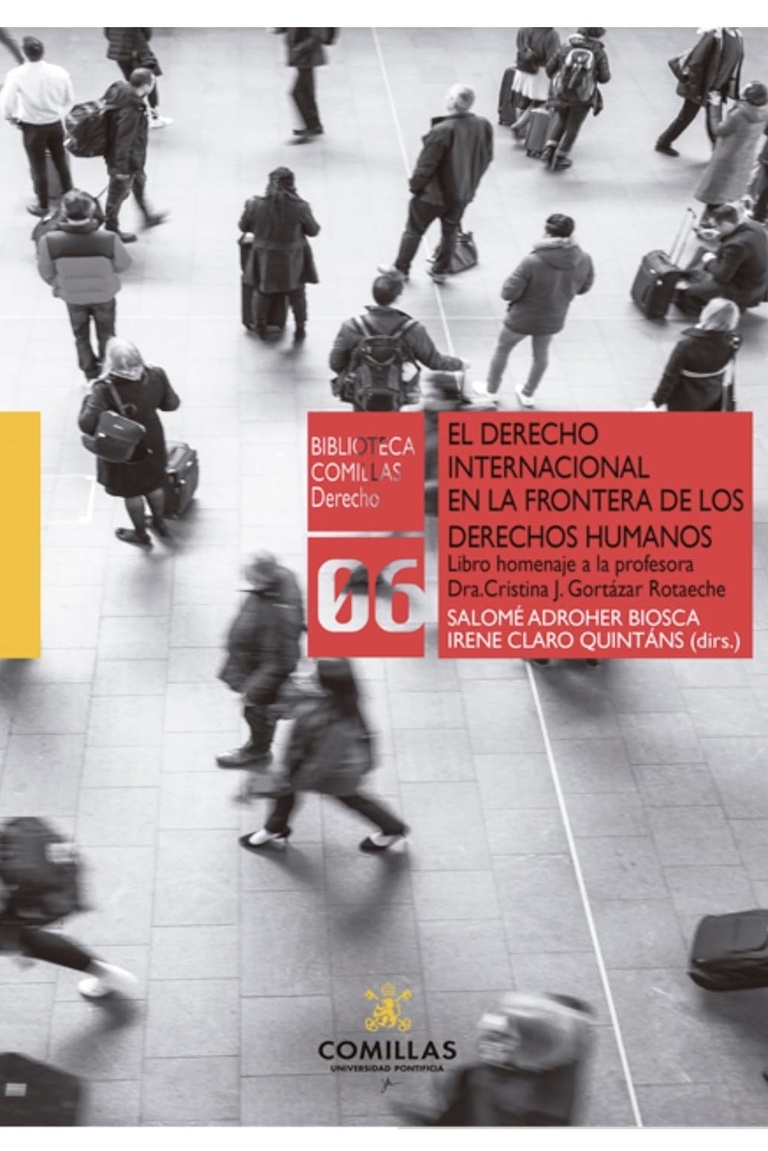The expansion of human rights law coupled with the explosion of regional processes of integration are the two most important phenomena that have limited states' capacity to restrict the entry of foreigners into their territory and their rights while residing within. It should come as no surprise that regional agreements facilitating mobility have proliferated, and now involve around 120 countries, either at a bilateral or multilateral level. For one thing, most global migration is regional, in either Europe, Africa, Asia or Southern and Central America. In addition, regional instruments can be agreed on more rapidly, and, in principle, introduce higher standards of protection and rights due to the more limited number of actors involved in the negotiations. There is of course huge variation across regions as to degree of development of the various regional agreements, the categories of individuals entitled to mobility and equal treatment and their effective application and enforcement mechanism devices.
Suggested citation: Diego Acosta, ‘The Expansion of Regional Free Movement Regimes. Towards a Borderless World?’ in P. Minderhoud, S. Mantu, K. Zwaan (eds.), Caught In Between Borders: Citizens, Migrants and Humans. Liber Amicorum in Honour of prof. dr. Elspeth Guild (Wolf Legal Publishers, Nijmegen, 2019), pp. 9-15.


